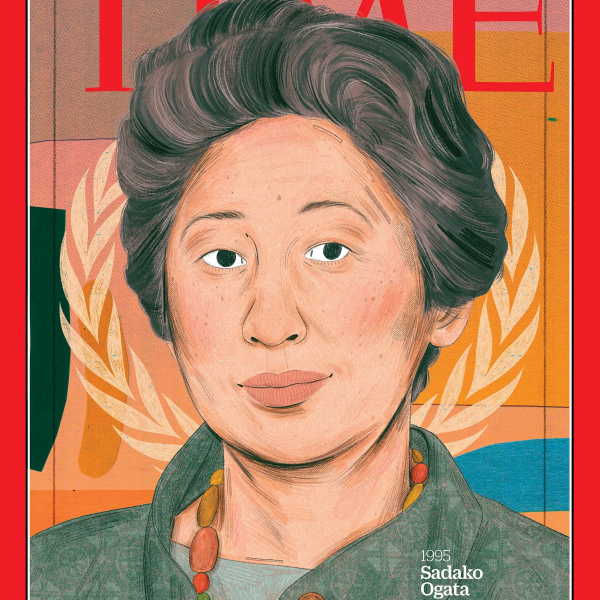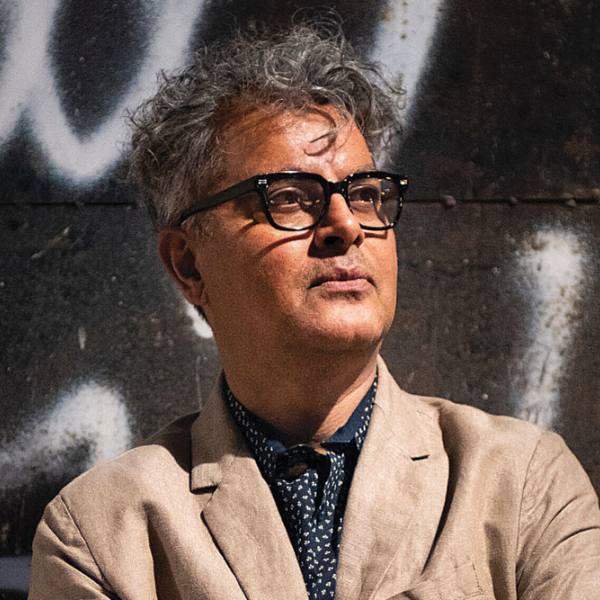By Jean Allman
J.H. Hexter Professor in the Humanities and Director, Center for the Humanities
Aug. 17, 2014 — Just a week ago, I was sitting in Bolgatanga, in Ghana’s Upper East region, finishing up a little research and listening to the Sunday news bulletin on the BBC World Service. Most of the stories had grown alarmingly predictable over the course of the week: the uncontrolled spread of the Ebola virus in the West African subregion, ISIS aggression in Iraq, the fragile cease-fire in Gaza.
But on Aug. 10, “the top of the news” beamed to northern Ghana by the BBC was not just from the Middle East, or Ukraine, or Liberia. It was from St. Louis: Michael Brown, an unarmed 18-year-old African-American man, recently graduated from high school, had been shot dead on Aug. 9 by a white police officer in suburban Ferguson, Mo., in broad daylight.
In the tumult that has followed — vigils and protests, tear gas and military assault weapons, a curfew and a state of emergency enforced by National Guard troops — Ferguson has joined Iraq, Gaza, and Ebola at the top of news bulletins across the globe.
As we prepare for the hectic beginning of another school year, we must not lose sight of the tragic events that have unfolded just ten miles north of us. The Center for the Humanities' mission calls for us to contribute, in whatever ways we can, to expanding scholarly and community understanding of what has happened in Ferguson and why. How might we serve as a resource in the ongoing quest for justice? What can we bring to the long and difficult struggle to build a just and sustainable peace in our community?
We are scholars of the human condition; many of us have invaluable expertise to bring to the table: on race and inequality, on poverty and social justice, on urban and social history, on media and visual culture. And while we can analyze local realities and excavate local histories, we can also expose the dimensions of Michael Brown’s story that make it a profoundly global story.
Only last March, the humanities center, in collaboration with the College of Architecture and Graduate School of Architecture and Urban Design, submitted a proposal to the Andrew W. Mellon Foundation to undertake a four-year research, curriculum, and community-outreach initiative on urban segregation and separation. With a sharp, interdisciplinary focus on how segregation in its broadest sense has and continues to play out as a set of special practices in cities, neighborhoods, and public spaces, we called the project “The Divided City.” Using the St. Louis metropolitan area as one of our research sites, we expressed our intent to explore the intersecting social and spatial practices of urban separation locally and globally. In June, we learned that our proposal was fully funded by the Mellon Foundation, and, as I write, we are in the midst of detailed planning for our first year’s activities.
Like the other top global news stories of the past week, perhaps the outrage and horror in Ferguson was alarmingly predictable, too. Our “Divided City” proposal certainly appears today all too timely. The killing of Michael Brown and the ongoing unrest in our community bring a sharpened focus and a heightened urgency to our work. They are clarion call to reflection and to action.




